How to Make Sourdough Starter
A beautiful loaf of homemade sourdough bread begins with an active, bubbly sourdough starter. Making sourdough starter from scratch isn’t difficult. It takes a couple of ingredients, patience, and consistency.
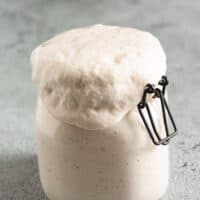
Ingredients
- 50 grams wheat flour
- 50 grams bottled water
- 50 grams all-purpose flour, or bread flour
Instructions
- Day 1: Measure 50 grams of whole wheat flour and 50 grams of bottled water into the glass jar. Stir to combine. The mixture will form a thick, sticky glob. Cover the jar with plastic wrap, and place in a room temperature area (68° to 80°).50 grams wheat flour50 grams bottled water
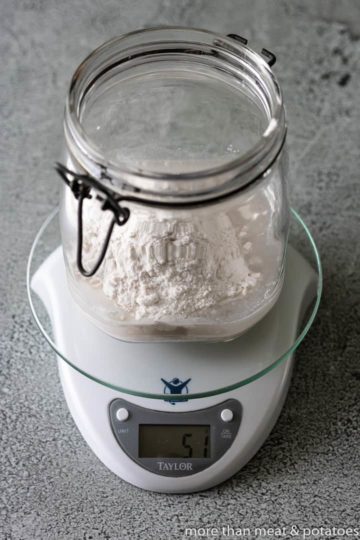
- Day 2: Do nothing. The starter may have small bubbles around the edges or on the surface and a very unpleasant smell. Leave it allow until Day 3.
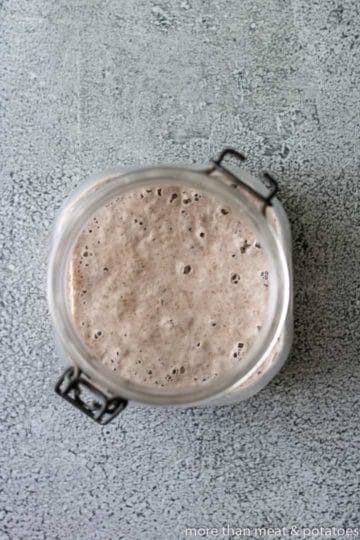
- Day 3: The starter will smell unpleasant and be very thick and sticky. Measure out 50 grams of the starter and discard the rest into the garbage. Add 50 grams of all-purpose or bread flour and 50 grams of bottled water to the starter. Stir to combine. The starter will be slightly less thick than Day 1 but will still be very sticky. Cover with plastic wrap. Wait about 12 hours and repeat those same steps of measuring out 50 grams of starter, adding 50 grams of flour, and 50 grams of water. Stir to combine. Cover the jar with plastic wrap, and place in a room temperature area (68° to 80°).50 grams all-purpose flour
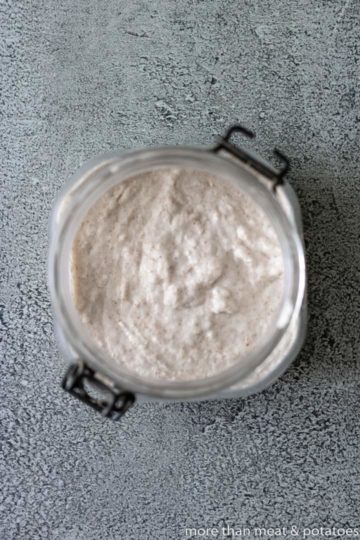
- Day 4 and Ongoing: Repeat the steps in #3 (Day 3) and feed the starter every 12 hours as your schedule permits. Somewhere between 7 and 14 days, there should be some noticeable growth in the starter. This is a great time to add the rubber band to the outside of the jar to mark the growth between each feeding. Signs of growth include large and small bubbles throughout and on top of the starter, a puffy appearance, a pleasant aroma, and doubling in size. The starter is ready to use when a dollop dropped in a cup of water floats to the surface.
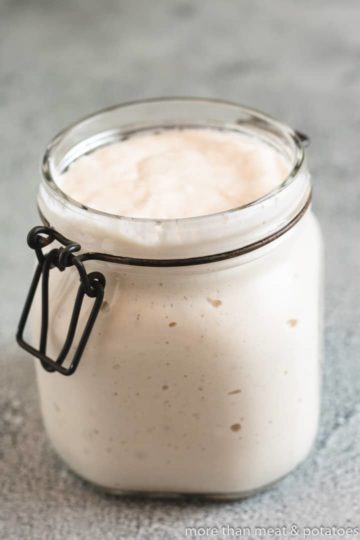
Suggested Equipment
Notes
Over a year ago, a friend mentioned a type homemade bread that’s made without yeast. Being a person that loves making homemade yeast bread, I was intrigued.
She explained that this bread was made from wild yeast from flour and air and suggested a sourdough cookbook she’d been using. Of course, it was sourdough bread!
I’ve been enjoying sourdough for years, and some of my favorite loaves are from farmers’ markets or specialty shops. I’ve never thought about making it myself but wanted to give it a shot.
The more I researched and read about sourdough, the more confused I became. There were so many terms, abbreviations, and types of flours.
It seemed so overwhelming that I almost didn’t try. That’s why I want to show you an easy way to make a sourdough starter. It’s the first step to making sourdough bread, sourdough pizza crusts, and sourdough pancakes.
What is a sourdough starter?
Sourdough starter doesn’t use any conventional yeast. It’s “wild yeast” used in place of packaged yeast. It takes time to grow the starter and get it to a point where it’s active, but maintaining it is incredibly simple.
If you make some of this now, it can be stored it in the fridge for later. That way if there’s ever a time when you can’t find yeast, this starter will be there.
What are the signs of growth in sourdough starter?
Starter can begin to show signs of growth as early as four days. This isn’t common, but it does happen. Even if a starter shows growth early on, it doesn’t mean that it’s ready to use. A healthy, active, bubbly starter normally takes 7 to 14 days to achieve.
Some common signs that a sourdough starter is growing are large and small bubbles throughout and on the surface, a puffy appearance, and a pleasant smell or aroma.
One of the most noticeable signs is a doubling in size. After each feeding, place a rubber band or piece of colored tape on the jar at the starter’s highest point. It will begin to slowly rise above the tape and over time will double in size. This is when the starter is at its most active and should be used for baking.
It’s important to feed the starter after it rises and begins to fall. That’s when the wild yeast has “eaten” all that it can from the flour. Feeding it will replenish the food source and allow it to rise again.
The tell-tale sign that a starter is ready to be used is the float test. Drop a dollop of starter into a glass of water, and if it floats, it’s ready to be used. Starter can appear bubbly, double in size, and have a pleasant smell, but if it doesn’t float, it may not be ready.
Why isn’t the starter doubling in size?
I’ve been here a few times, and it’s frustrating. Not to mention you’ve spent a lot of time, money, and flour. Here are a few reasons why the starter may not be rising.
- The flour – Make sure it isn’t expired. Sounds crazy, but flour can expire and lose its ability to work as a starter. Double check the expiration date.
- Flour (again) – Just my opinion, but I’ve found that some brands work better than others. I’ve run out of All-purpose of one brand, switched to All-purpose of another brand and BAM! The starter started growing like crazy. Not all brands are created equal.
- Water – Consider using bottled water when feeding the starter. Some people will say if tap water doesn’t contain high amounts of chlorine, there’s no harm in using it. Ours doesn’t. However, I went through a 10 pound bag of flour before switching to bottled water and that did the trick. I’ll never use tap water again.
- Temperature – Starter is pretty resilient, but remember, it is alive. Keep it at room temperature (about 68° to 80°). During the winter I take mine into the bedroom, since it’s warmer than the kitchen. If you house is really cold or drafty, consider purchasing a proofing box to keep the starter at a consistent temperature.
- Don’t Overfeed – Feeding the starter too often can cause it not to grow properly. Feed it every 12 hours after it’s doubled in size and begins to fall.
- Be Patient – I’m the most inpatient person when it comes to starter. Seriously, I want a tasty loaf of sourdough bread yesterday not two weeks from now. However, sometimes it takes two weeks. That’s why it’s important to hang onto the starter after you get it up and going. Be patient; it takes time.
How to maintain an active starter?
Continue to feed the starter twice a day as long as you plan on using it every few days. If you forget to feed it once or even twice, don’t worry too much. It will be fine as long as no mold grows. Get back into the routine and make sure it’s active before trying to use it in a recipe.
If you are only going to use it once or twice a month or once every six months, refrigerate it.
The picture above shows a jar of starter that I’ve had in the refrigerator for months. There’s a thick layer of hooch on top of the starter that forms after about a week. I always pour it off, measure out the amount of starter to keep, discard the remaining, add the water and flour, and put it back in the fridge. This is done once a week to keep it fed and active.
To use the starter, bring it out of the refrigerator and begin feeding it in twelve hour intervals. As soon as it begins to double in size and pass the float test, it’s ready to go. This may take 2 to 3 days.
Tips and Best Practices:
- Mold & Discoloration: If there’s ever any sign of mold or discoloration, throw away the starter. There’s no saving it once mold has entered the equation, and it’s not safe to consume.
- Gnats & Fruit Flies: During warmer months, gnats and fruit flies love to try and get into sourdough starter. Keep it well covered and try it place it away from fresh food or areas where you normally find gnats and fruit flies.
- Discard: Don’t try to save all the discard. Every time you feed the starter, there will be discard and lots of it. Discard can be used in recipes like donuts, waffles, and crackers, but if you try to keep it the discard will literally take over your kitchen. It’s best to throw it in the garbage if you aren’t going to use it in a recipe.
- Make Two: Speaking of discard, I inevitably end up using discard from one feeding to make an extra starter. You never know when you’ll need two. I’ve “over watered” one, my hubby accidentally baked one, then there’s mold, gnats, etc. Having a backup isn’t a bad idea.
- Types of Flour – Stick with gluten based flours. That’s how the wild yeast is fed. Nut flours are finely ground nuts and don’t work the same when making starters.
- Weight vs. Volume – You may notice that I have this “recipe” set up in weight (grams) instead of volume (cups). I’ve found that the results are more consistent when the ingredients are weighed rather then using cups or eyeballing them. This may be because flour, starter, and water all weigh different amounts even when using cups for measurement. For example, you can use 1/2 cup of each but they would each weigh a different amount in grams. Therefore, it wouldn’t be a 1:1:1 measurement.
- Keep in mind, you can make other baked goods with the discard. Like our Parmesan cheese sourdough crackers, sourdough discard pancakes, sourdough waffles, sourdough naan, or sourdough doughnuts!
How much sourdough starter do I use in a recipe?
The measurements I use to get a starter up and going are small (50 grams of each ingredient). That’s so you don’t waste a lot of flour, bottled water, and discard in the process of making the wild yeast starter.
Many recipes call for 100 grams or 200 grams of active, bubbly starter. That means, you’ll need to weigh out the amount that the recipe calls for when the starter is at its peak (doubled in size).
Every recipe is different and calls for a different amount of starter. My recommendation is to find the recipe you want to make a few days ahead of time. If it calls for 100 grams in starter, measure out 100 grams in starter at the next feeding instead of 50 grams. Then add 100 grams of water and 100 grams of flour.
That way, when the day comes to make the recipe, you have plenty of active starter to make the recipe and extra to feed for later use. You don’t want to use all the starter in the recipe or there will be none left for later.
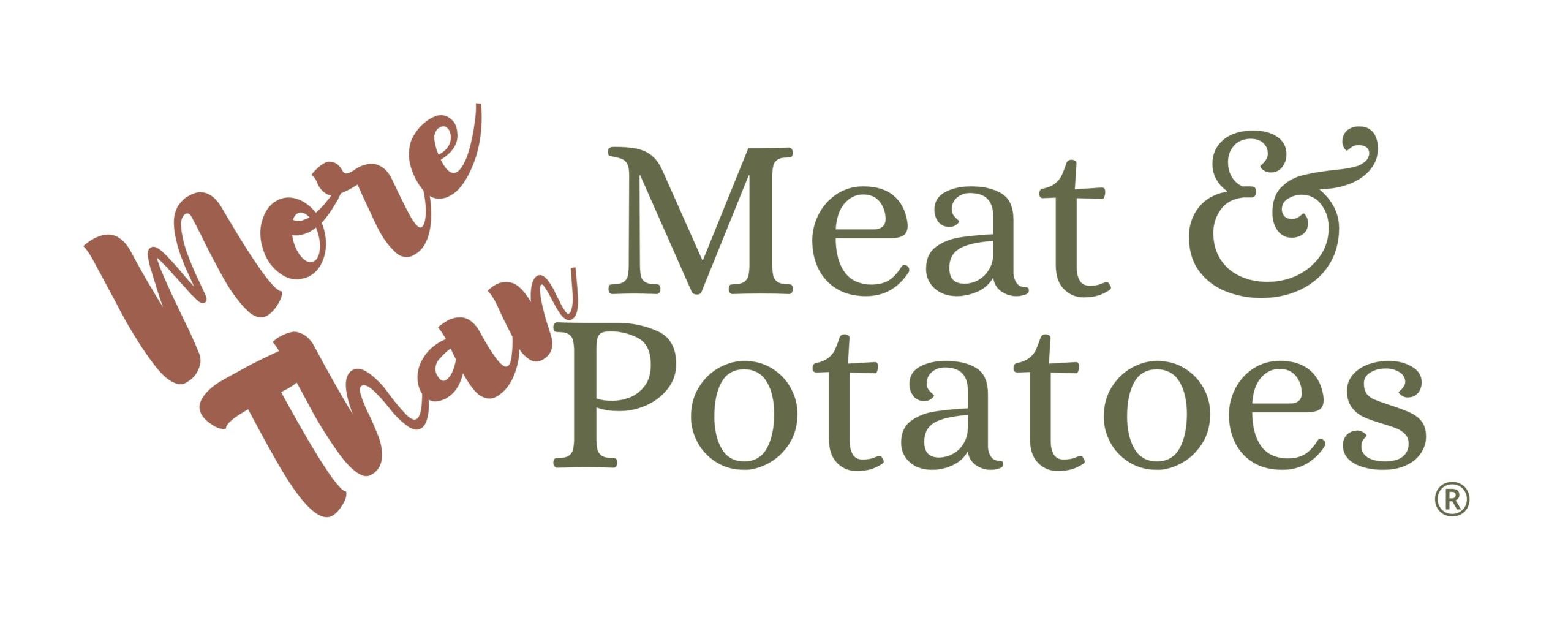

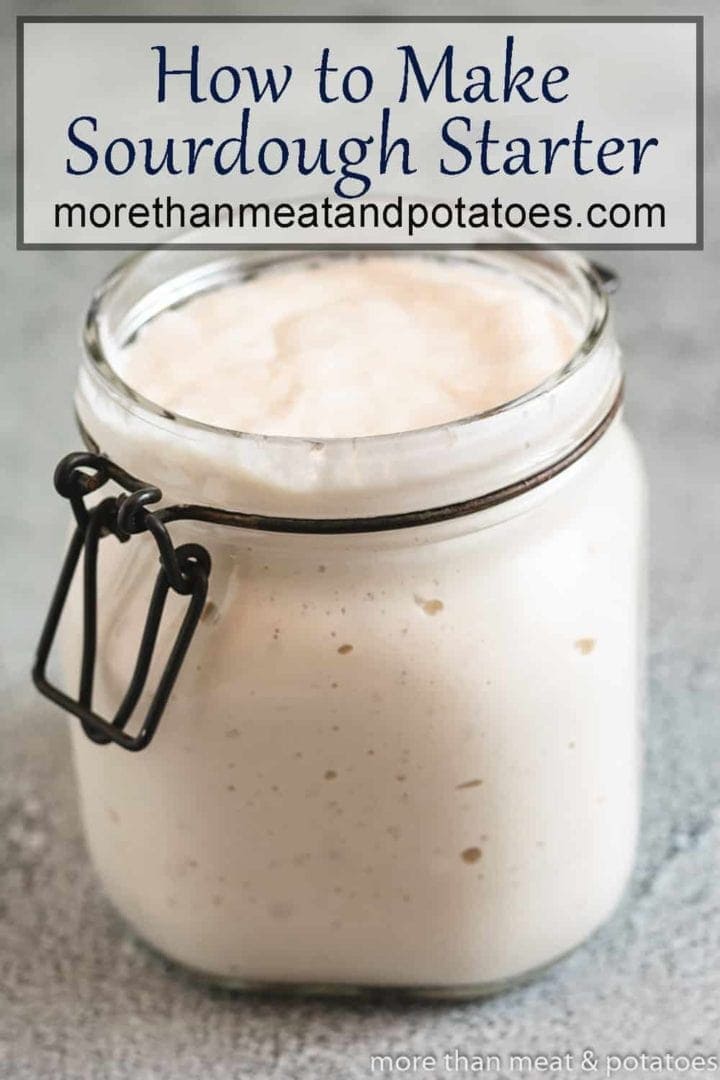
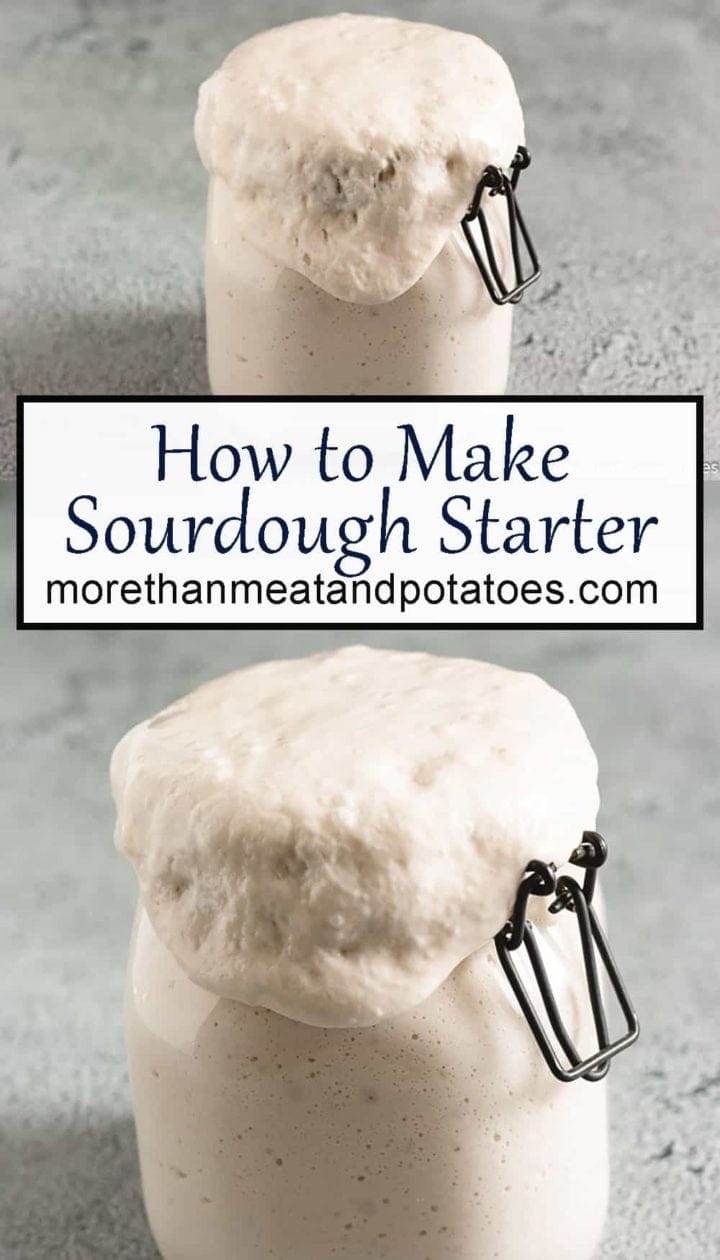
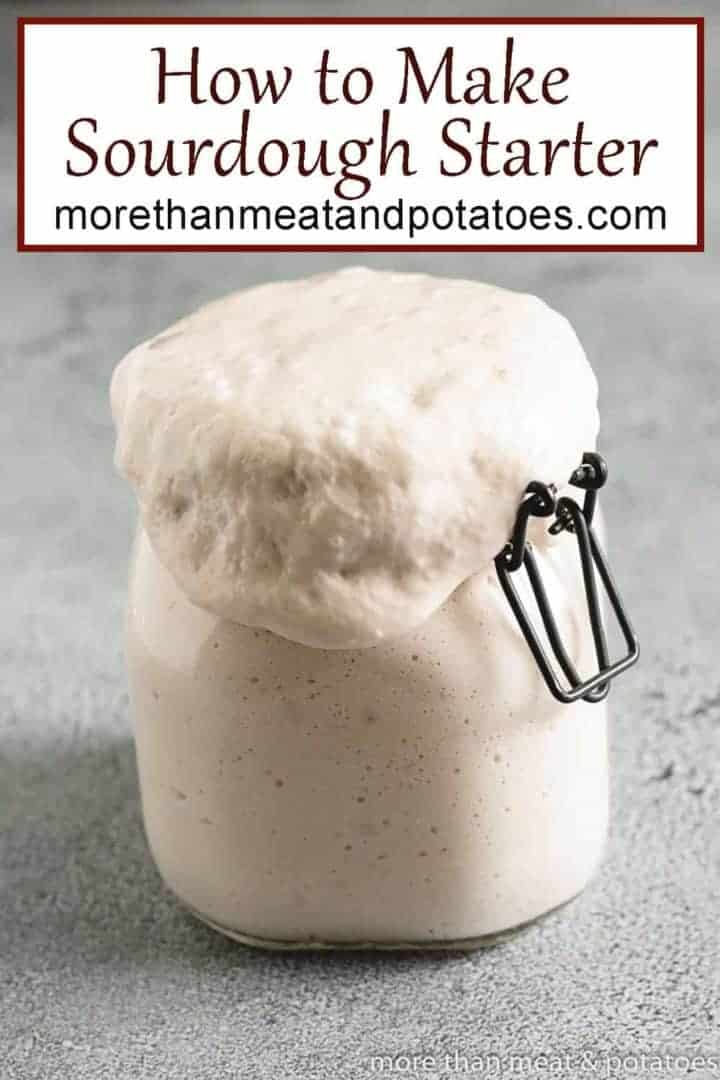
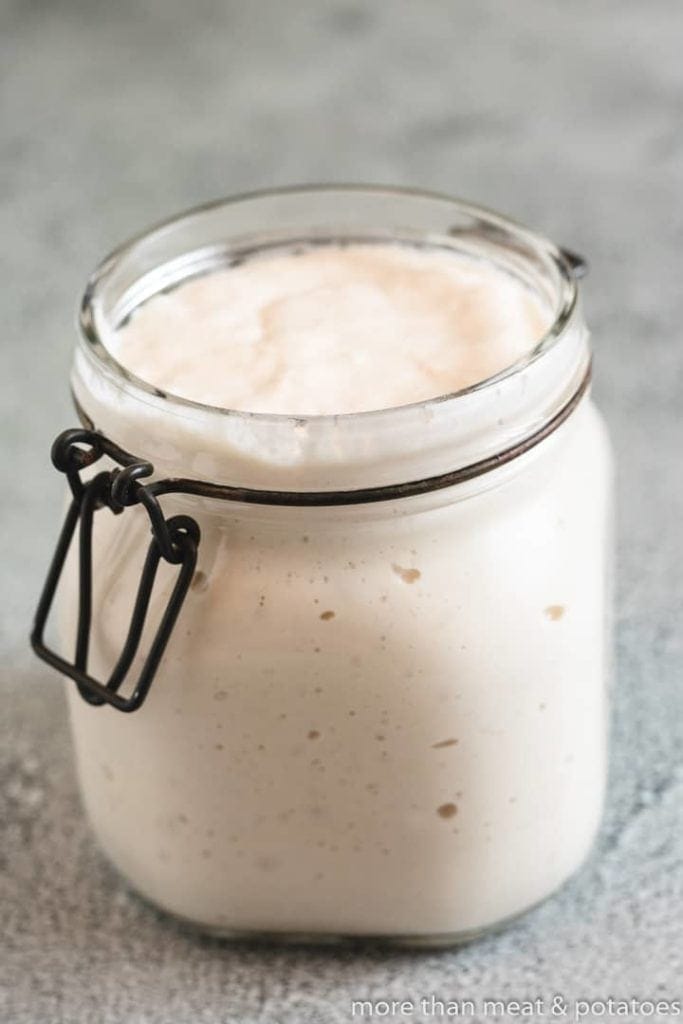
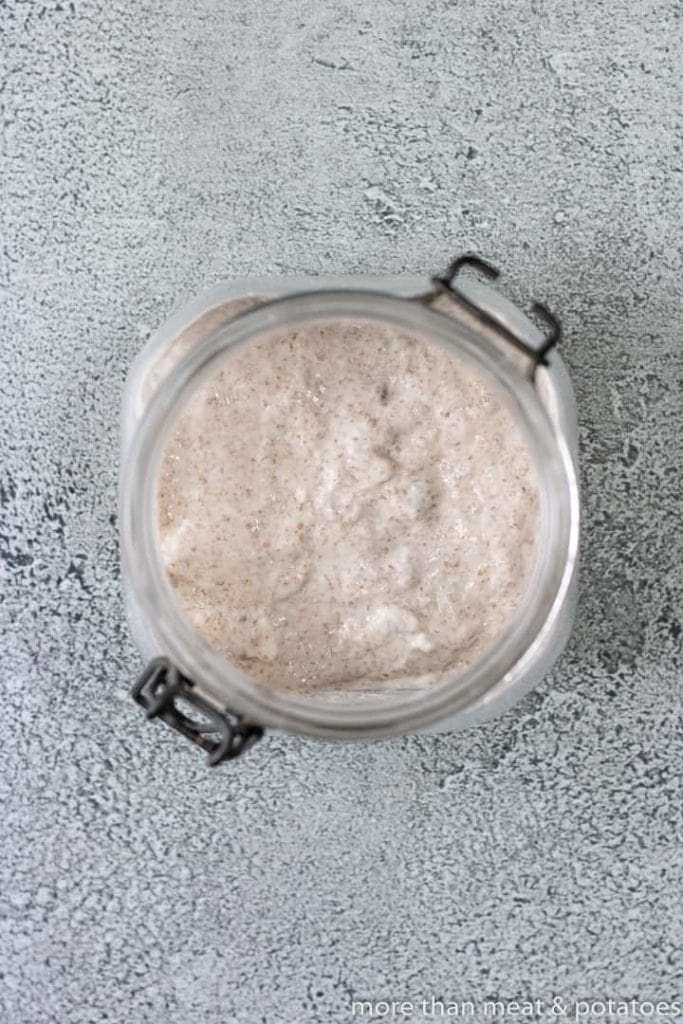
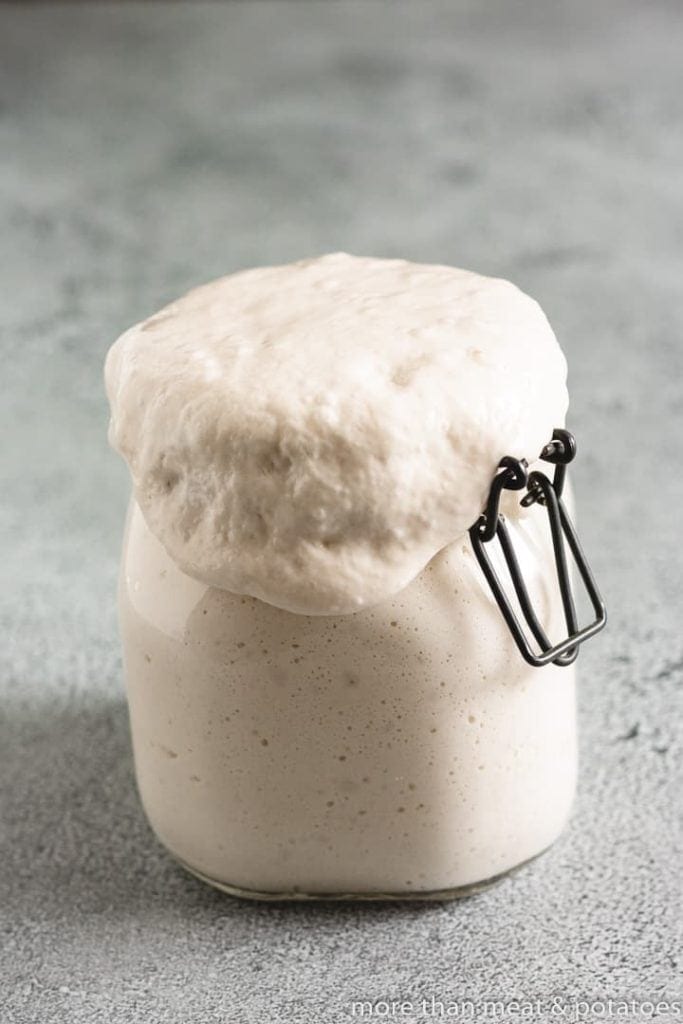
Is the sourdough bread recipe the same as the rustic sourdough bread? When trying to get to the recipe for sourdough bread it’s a different format, moving picture. It says swipe for recipe….I tried swiping but it takes me back to rustic sourdough bread? I’m not tech savvy so I couldn’t figure the swipe out.
Love you down to earth explanations, what possible things might be a problem, the highlighted things like special utensils and pictures. Recommending your site to a slue of friends!
Hi Oneida!
Thank you so much for the kind and refreshing comment! 🙂
The recipe you’re seeing for the sourdough bread with the “Swipe for Recipe” feature is called a Google Web Story. It’s a thing Google released over the last few months, so we’re trying it out. It IS the same recipe as the rustic sourdough bread. When you click or swipe on the web story, it will take you to the post with all the information, tips, photos, and the full recipe. From there you can save the recipe to Pinterest or share on other social media (Facebook, Yummly, etc.).
We are so glad that you love the explanations, tips, equipment needed, and step-by-step photos. That means a lot! All of our posts have the same layout and provide the same kind of informative information. We want our readers to be successful in the kitchen, so we don’t add “fluff” to the posts. We try to add things that would be helpful. Thanks again, and please let us know if you have any questions. Have a wonderful evening!
@Kim, Ok, wanted to make 1 suggestion and 1 question! My new oven doesn’t have a pilot light. So I used a ceramic wax cube fragrance electric melting pot. I remove the dish where the wax goes.Changed the bulb to a night light bulb the added several layers of foil to cover the top. I kept my starter on the top of the foil, worked just perfect during the recent Texas snow storm!
My new oven has a proof setting. How would I use this for the sourdough recipies? Any bread? I’ve only made store bought frozen dinner rolls and proofed them!
Thanks so much! I have 2 rustic sourdough bowls in the oven…Can’t wait to see if I conquered this challenge!
I have spread your site to all of my friends. They love it as much as I do! Thank you!👍👌🍞🥐🥖
Hi Oneida!
That’s a great idea for a workaround in regards to the sourdough starter! We also got hit with the snowstorm and the Arctic cold, and I question if leaving a starter out on the counter in those temps would’ve been wise. Especially, if there was no heat. It got very, very cold. I’m glad it worked out for you!
I hope the rustic loaves turned out. If not, keep trying! Sometimes it takes a couple attempts to get the technique down. It took me a few tries. 🙂 In regards to the proof setting, I’ve never used an oven with a proof setting, so I can speak to that specifically. In my experience, sourdough can proof at cooler temperatures (around the mid 70°F range), it just takes time to develop. It doesn’t necessarily need the warmer temps like yeast bread for a faster rise. This article from King Arthur Flour explains it a little more in detail and advises not to use the proof setting on the oven for sourdough as it may get too hot. It seems like that setting might be better for yeast bread. Hope that helps, and we hope you have a wonderful week!
do you have a recipe for sourdough bread using this starter all the ones I find also add yeast
Good Morning Cheryl! We do have one and it does not use conventional yeast. I spoke with Kim and we plan on having the sourdough bread recipe out by the end of the weekend (Saturday or Sunday afternoon) at the latest. Thank you for asking and leaving the comment. We appreciate it and wish you a lovely day 🙂
do you discard all the starter except 50gm every time you feed the starter
Yes, ma’am! That is correct. There are some recipes that use discard that way it can be of some use. We’ll have a recipe using discard coming out soon. 🙂
why do you use wheat flour to start with then change to a different flour to feed the starter
Hi Cheryl!
The wheat flour has a higher amount of nutrients than all-purpose or bread flour, so it gives the starter a nice, healthy start. Other flours can be used, such as rye. I like wheat because it’s easy to find and relatively inexpensive. You don’t have to switch to all-purpose or bread flour. If you’d prefer to keep it wheat, white whole wheat, spelt, or another variety that would work. All-purpose or bread flour are a personal preference. 🙂